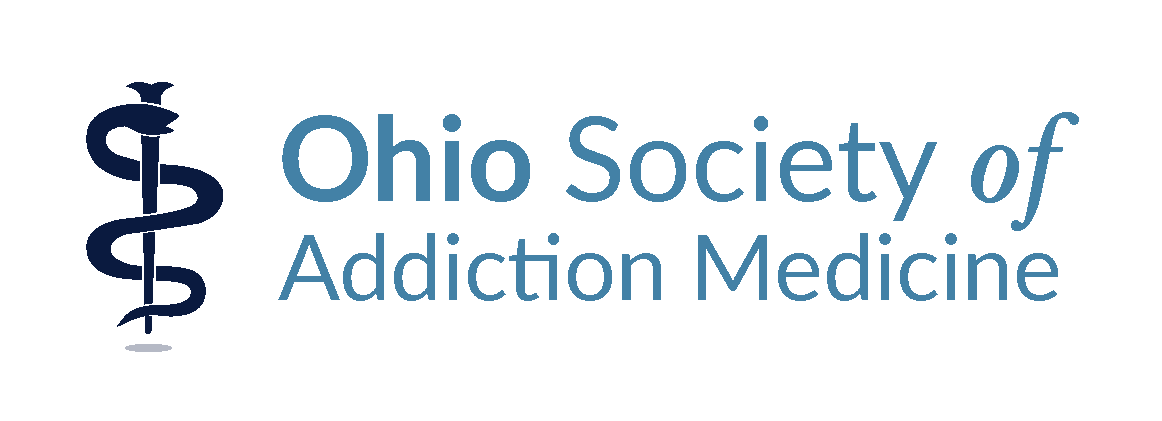New HHS Guidelines allow all prescribers to prescribe buprenorphine for Opioid Use Disorder.
But is it too little, too late?
By: Christina M. Delos Reyes, MD
In April of 2021, the Department of Health and Human Services (HHS) released new guidelines that removed the training or certification requirements for prescribers to obtain a DATA 2000 Waiver (also known as an X-waiver) to treat Opioid Use Disorder (OUD) with buprenorphine-based medications. The new guidelines apply to prescribers who are treating 30 or fewer patients with these medications.
Previous regulations required prescribers to follow one of three pathways to obtain an X-waiver: (1) subspecialty certification in addiction medicine or addiction psychiatry; (2) for physicians, completion of an 8-hour training specific to buprenorphine; or (3) as of 2016, for nurse practitioners and physician assistants, completion of 24 hours of buprenorphine-specific training. Prescribers then filed a Notification of Intent (NOI) with the Substance Abuse and Mental Health Services Administration (SAMHSA); following review and approval of the NOI, the prescriber could then begin treating patients with OUD using buprenorphine.
Under the new guidelines, any prescriber (physician, nurse practitioner, or physician assistant) treating fewer than 30 patients with buprenorphine would not need to complete special training or subspecialty certification. Practitioners would still be required to file a NOI on the SAMHSA website; once approved, treatment of patients with buprenorphine could begin. Practitioners who wanted to treat more than 30 patients would have to comply with the training requirements outlined above.
The new guidelines were presumably released to expand access to life-saving medications for opioid addiction and to therefore decrease the number of opioid-related overdose deaths in the United States. However, this regulatory change does not go nearly far enough or fast enough to impact the tsunami of destruction caused by opioid addiction. It is simply too little, too late.
Between April 2020 and April 2021, over 100,000 Americans died of drug overdoses–this was a record number of deaths and a 28.5% increase over the previous 12-month period, and nearly double the number of deaths recorded in 2016, according to provisional data from the CDC.
Additionally, of the 2.3 million Americans with an Opioid Use Disorder, fewer than 40% received evidence-based treatments in the form of medications such as methadone, naltrexone, or buprenorphine.
In the case of buprenorphine, the X-waiver requirement remains a significant barrier to treatment. In 2016, 47% of all US counties, and 72% of rural counties, lacked an X-waivered physician. In 2017, fewer than 4% of US physicians had an X-waiver. A 2020 report documented that nearly 50% of the 55,938 prescribers with a buprenorphine waiver had not written a single buprenorphine prescription between April of 2017 and January of 2019. Moreover, during that same time period, active buprenorphine prescribers (28,448) had a median monthly census of only 8.3 patients. For the 16,525 active prescribers with a patient limit of 30, the median monthly census was 3.4 patients.
These stark numbers speak for themselves. There are not enough buprenorphine-waivered prescribers and there are not enough infrastructure supports for existing buprenorphine prescribers to meet the needs of over 2 million individuals with opioid use disorder.
The recent change in HHS regulations is certainly a step in the right direction, but it is not enough. Bold and decisive action, such as completely eliminating the X-waiver requirement through Congressional action, is needed to impact the opioid epidemic in a meaningful way. Our patients, their families and loved ones, and our communities are counting on us.


